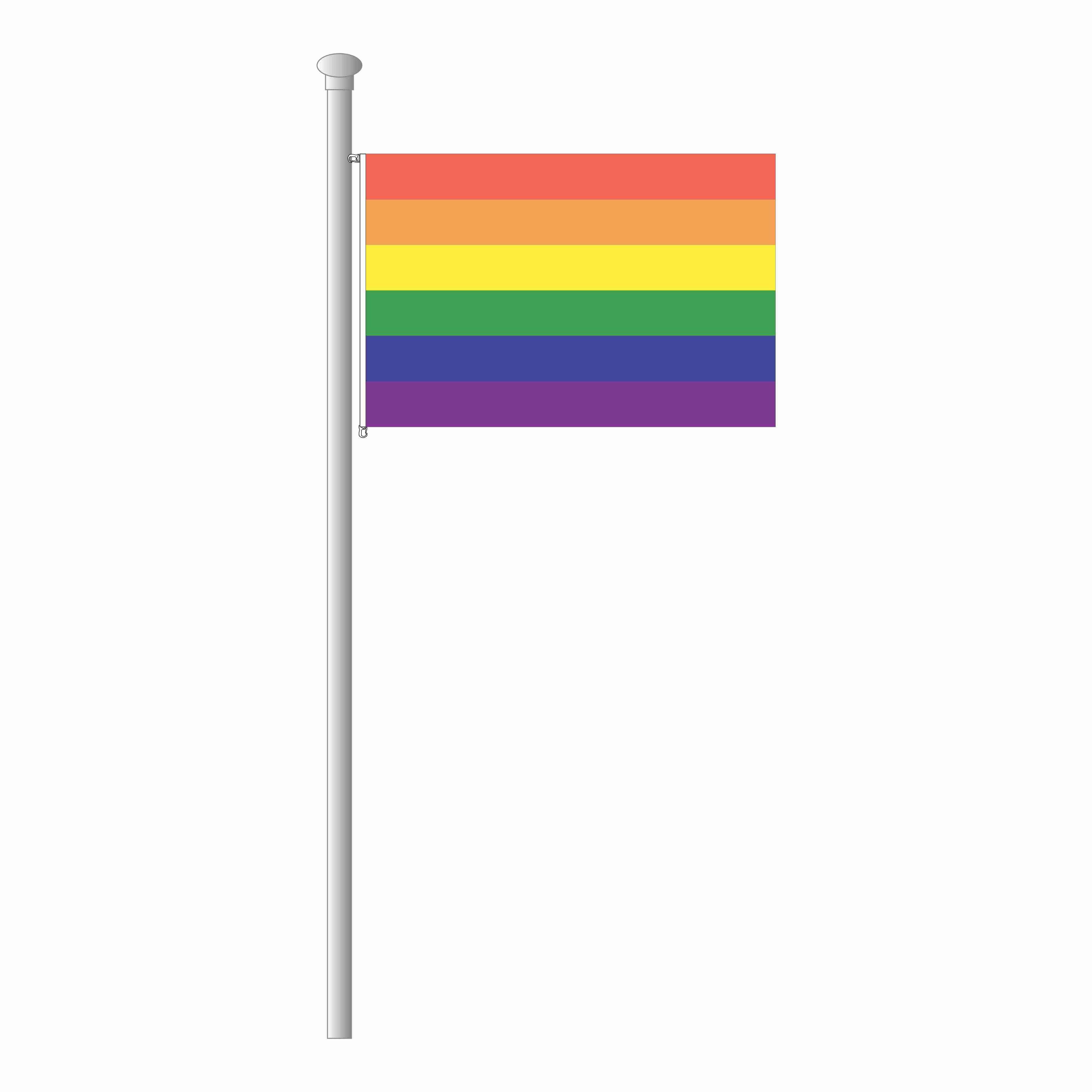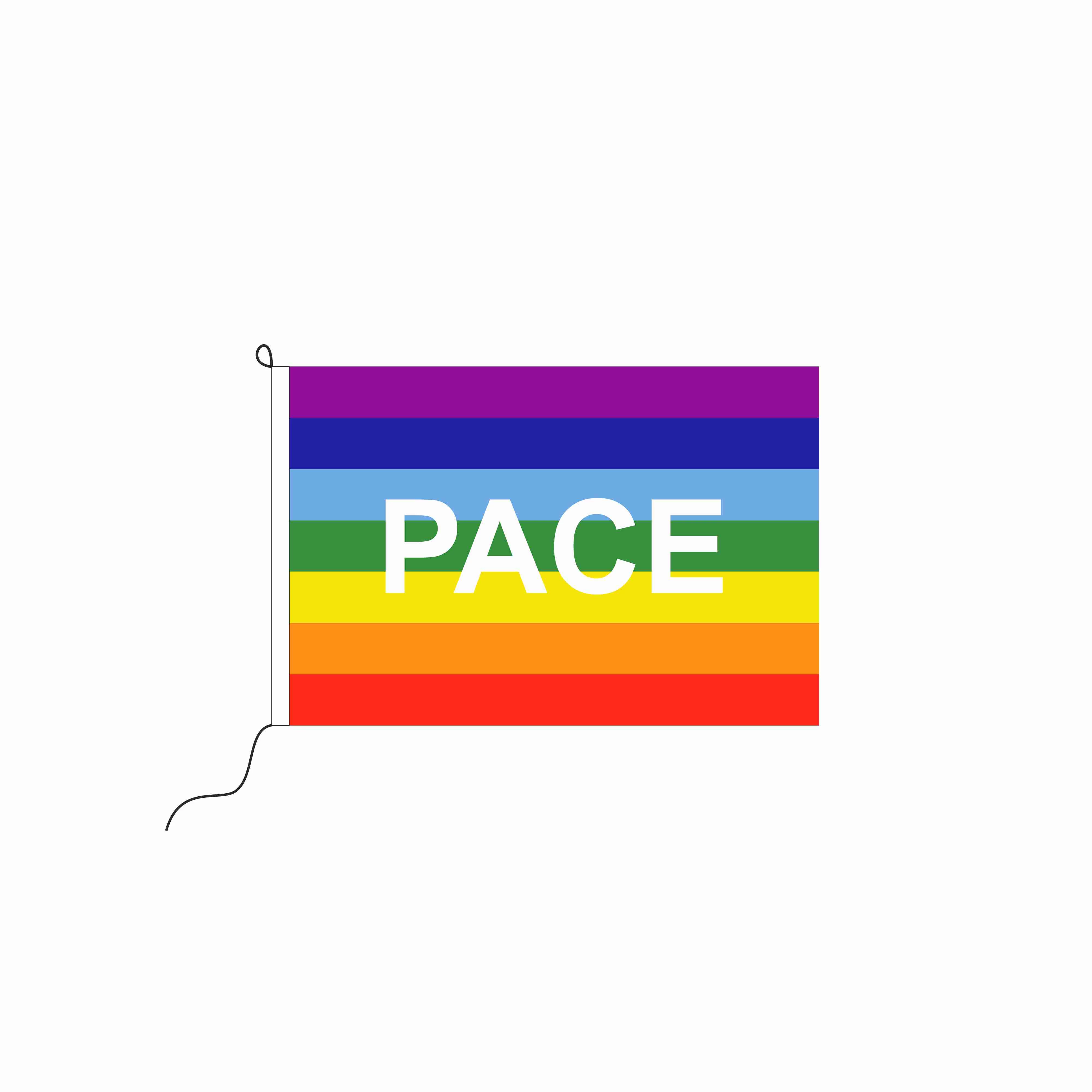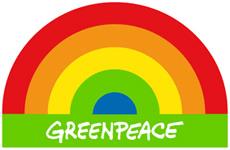Fahnen Kössinger, Sept 2019
The symbolism of the rainbow flag
Isaak Newton found out through simple experiments with a prism that white light can be broken down into seven colours. Physically, the rainbow therefore is only a consequence of the dispersion of light by refraction. The white sunlight meets drops of water that, like a prism, divide it into the spectral colors red, orange, yellow, green, light blue/cyan, blue, and violet.
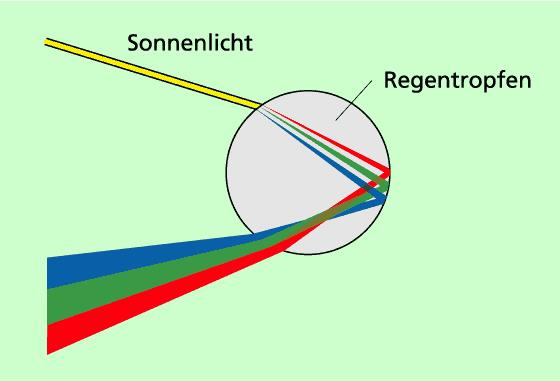
Quelle: https://www.lernhelfer.de/schuelerlexikon/physik/artikel/regenbogen
Although we can scientifically explain the colorful phenomenon today, it has lost nothing of its fascination. The rainbow has been used as a symbol in many ways since time immemorial.
After the Flood, God sent Noah the "bow that I put in the clouds" as a sign of heaven and a guarantee that he would not destroy the earth again by a flood and maintain the covenant with mankind. (1 Mo 9:16). The individual colors were each assigned their own symbolism:
- red, the color of love
- orange, the color of hope
- yellow, the color of eternity and future
- green, the color of growth
- light blue, the color of truth
- indigo (dark blue), the color of fidelity
- violet, the color of penance and reconciliation
The rainbow also appears as a symbol in other religions and cultures. The Flood is mentioned both in Jewish and Islamic faith and with it the divine sign of the rainbow. In Greek mythology the goddess Iris is its personification. She connects heaven and earth as a goddess.
In oriental traditions, the bow stands as a symbol of victory after a dispute between gods. In Judaism it establishes the connection between heaven and earth, in China between Yin and Yang. The Teutons believed that their dead reached the afterlife via the colorful bow. For the South American Incas, the rainbow was a deity that had to be worshipped.
Still today, the rainbow is used in the flag of the province of Cusco, from the 13th to 16th century part of the Inca Empire. It also appears on the flags of the indigenous peoples of Peru, Bolivia and Ecuador. Whether the Incas themselves already used flags is controversial. Historians do not assume that this concept already existed in South America at that time.
The colors of the rainbow on the flag
The rainbow has of course very often been used for centuries as a symbol on various flags all over the world. Already since the peasant wars in Germany, i.e. the early 16th century, the colors of the rainbow on a flag stand for hope for a new, better time, for changes and departure. Also in other countries the rainbow symbolizes peace, tolerance, longing and the acceptance of other lifestyles, e.g. homosexual relationships. The coloring is not always the same, and the colors are constantly reinterpreted and differently arranged.
Gays and lesbians
Since the 1970s, the gay and lesbian movement has used the rainbow flag on an international level as a symbol of its pride and the diversity of its lifestyles. The spiritual father of this special flag is Gilbert Baker, an artist and fashion designer who designed a first variant for Gay Freedom Day in 1978. He found the pattern particularly suitable to reflect the existing differences in gender, skin color, interests and life plans of people and to represent the so-called LGBT scene (Lesbian, Gay, Bisexual and Transgender).
Originally, the flag consisted of eight stripes, but the bright pink that Baker wanted to place as a symbol of sexuality above the first red stripe could not be produced industrially at that time. So, only seven stripes remained.
- red for love
- orange for health
- yellow for sunlight
- green for nature
- light blue/turquoise for art - was removed for reasons of symmetry in 1979
- royal blue for harmony
- purple for the spirit
Changing coloring
To draw attention to the AIDS problem, a black stripe is often added to the flag. At first they were also used with the purple side up. Feminists, however, insisted on turning it over so that red appeared at the top. In 2004, it was finally decided to use the original eight-stripe flag with the now producible hot pink and also the turquoise stripe removed for the 1979 parade.
The PACE flag
Unlike the LGBT flag, the rainbow of the international peace movement consists of seven colors with the purple top. The word PACE appears centrally in white. However, there are also variants with the color sequence blue, light blue, violet, green, yellow, orange, red and the lettering PACE asymmetrically placed on the violet-green stripe. The Italian peace activist Aldo Capitini designed
the "Bandiera della Pace" in 1961.
The Greenpeace Rainbown
The environmental organization Greenpeace uses the rainbow as a symbol for the protection of our environment and the earth from human pollution and as a sign of a peaceful coexistence without homophobia and discrimination. It appears not only on their ships, the Rainbow Warriors (currently only one active), but is also used on flags and banners. Mostly a white or white-blue peace dove is shown. It is based on the prophecy of an Indian woman. When the earth has been devastated and the animals have died, a new tribe will be born, consisting of people of many colors, classes and faiths. Its members call themselves Warriors of the Rainbow and make the earth green again through their deeds.
The rainbow is represented on the flags as a real bow and is composed of four or five stripes, red, (orange), yellow, green and blue.
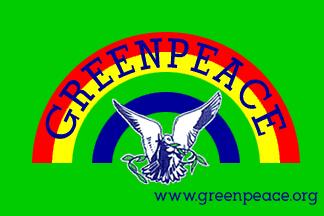
Quelle: www.greenpeace.de


 English
English  Deutsch
Deutsch 